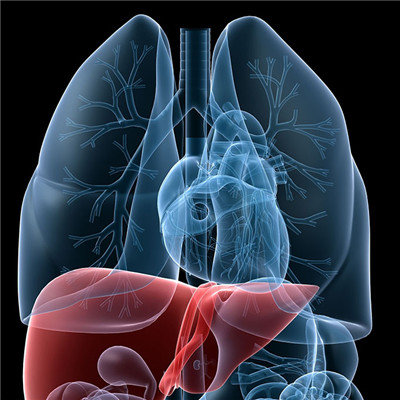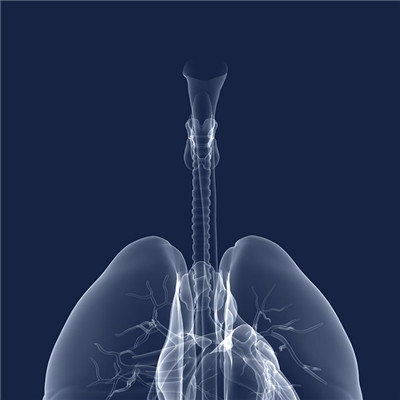What disease is hepatic porphyria?
summary
Porphyria is caused by the disorder of porphyrin metabolism due to the deficiency of enzyme. According to the location of porphyrin metabolic disorder, porphyria can be divided into erythropoietic porphyria and hepatic porphyria. What disease is hepatic porphyria?
What disease is hepatic porphyria?
The clinical manifestations of the disease vary greatly, characterized by intermittent onset of small abdominal colic and neuropsychiatric symptoms. It can be induced by taking barbiturates, sulfonamides or stress state. Abdominal symptoms were severe colic, constipation, nausea and vomiting, similar to acute abdomen, but abdominal pain had no fixed site,

Peripheral motor nerve disorders include weakness of limbs, paresis, and even paresis. Mental symptoms may include depression, mental disorder, hallucination, etc. Symptoms often repeated acute attack, lasting for several days to more than ten days. In addition, there are autonomic dysfunction * such as tachycardia, hypertension and urinary retention.

because δ- The excretion of aminolevulinic acid and protoporphyrin from the kidney is increased, and the urine of patients can turn red or tan when exposed to sunlight, which is a very important feature of the disease. The excretion of urinary porphyrin and fecal porphyrin increased in 24 hours. 24-hour uroporphyrin δ- Aminolevulinic acid increased. The deficiency of urinary protoporphyrin synthetase (normal > 30 mmol porphyrin / 1 ml RBC · h) was detected.

matters needing attention
Avoid sunlight and trauma, wear protective clothing. Patients should use barbital, methylpropyl ester (mianertong), sulfonamides, phenytoin sodium, griseofulvin and estrogen strictly and cautiously to avoid inducing or aggravating the disease.











